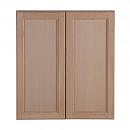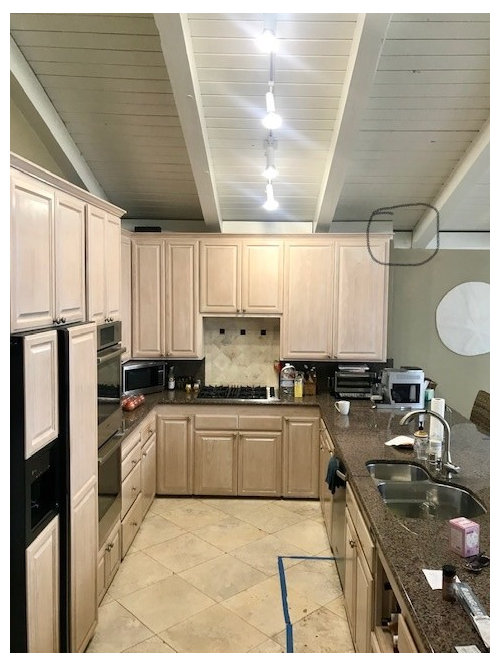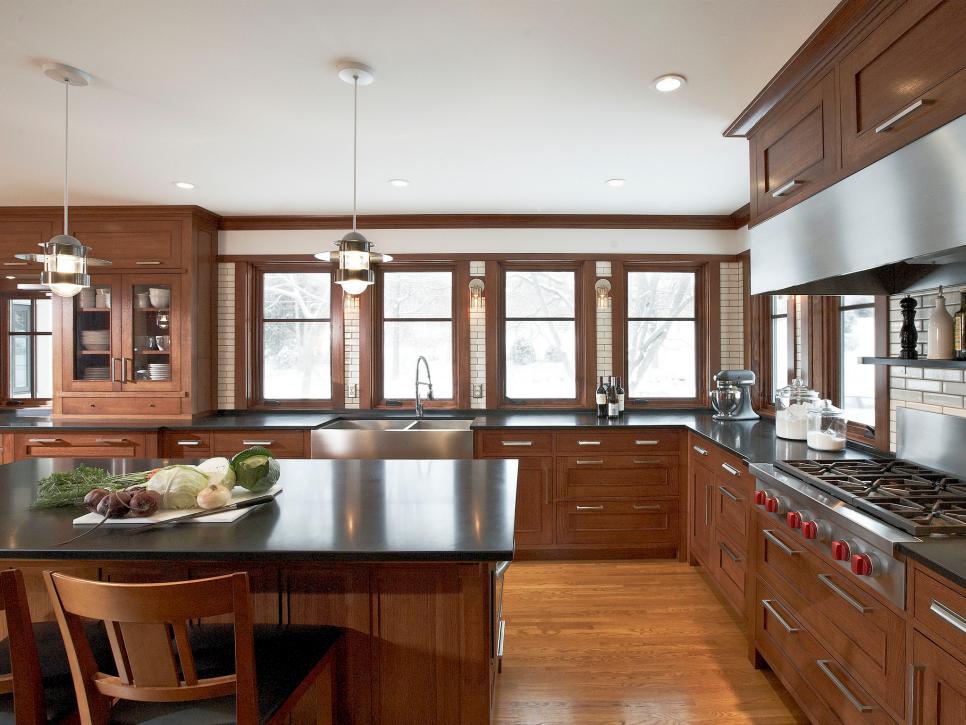Lower kitchen cabinet height is a topic that has gained attention and popularity in recent years, particularly in the realm of kitchen design and remodeling. In this comprehensive discussion, we will delve into the reasons for and against lowering kitchen cabinet height, the potential benefits, the challenges involved, and some creative design ideas that can be implemented to make the most of this concept.
One of the primary motivations for lowering kitchen cabinet height is to create a more accessible and user-friendly kitchen space. Traditional cabinet heights can be challenging for individuals with limited mobility or those who use wheelchairs. Lowering the cabinet height allows these individuals to access the contents of the cabinets more easily and, in turn, promotes independence in daily kitchen activities. It aligns with the principles of universal design, making the kitchen more inclusive for everyone.

Additionally, lowering kitchen cabinet height can also be aesthetically appealing. It opens up the kitchen, making it look more spacious and inviting. Lower cabinets can give the kitchen a modern and sleek appearance, especially when combined with the right materials and finishes. This design choice can be particularly appealing to those who prefer a minimalist and contemporary look in their homes.
On the flip side, there are some considerations and potential challenges when it comes to lowering kitchen cabinet height. One of the main concerns is the reduced storage space. Lower cabinets have limited vertical space, which may require homeowners to rethink their storage and organization strategies. However, with careful planning and the use of pull-out shelves and drawers, this issue can be mitigated effectively.

Another point to take into account is the potential impact on resale value. While lowering kitchen cabinet height can be a personal preference, it might not align with the tastes of all future buyers. It’s essential to balance your design choices with the long-term value of your home, so you don’t limit your resale potential. Opting for modular and adaptable designs can help strike this balance.
Lowering cabinet height can also pose some installation challenges, particularly when it comes to appliances. Appliances designed for standard cabinet heights may not fit seamlessly into lower cabinets, necessitating custom solutions, and potentially higher costs. It’s crucial to work with experienced professionals who can navigate these challenges effectively.
In addition to its practical benefits and challenges, lowering kitchen cabinet height is a concept that encourages innovative and creative design ideas. Some homeowners have embraced this idea by incorporating open shelving or floating cabinets in their kitchens. Open shelving adds a touch of uniqueness to the space, and it can be an excellent way to showcase decorative items or frequently used kitchenware.

Another creative approach to lowering cabinet height is to implement a mix of heights in the kitchen. While the primary workspace may have lower cabinets for accessibility, you can incorporate taller cabinets in areas designated for storage. This combination provides both functionality and an appealing visual contrast.
Furthermore, the choice of materials and finishes can play a significant role in the success of lowering kitchen cabinet height. For a modern and sleek look, consider using materials like stainless steel or high-gloss laminates. These materials not only look elegant but are also durable and easy to maintain.
In terms of finishes, you can experiment with various options. High-contrast finishes, such as pairing dark lower cabinets with lighter upper cabinets, can create a visually striking kitchen. Alternatively, you can opt for a monochromatic scheme with a play of textures to add depth and interest to the design.
When it comes to hardware, handleless cabinets or cabinets with integrated pulls can enhance the clean and minimalist aesthetic of lowered cabinets. These subtle design choices contribute to the overall look and feel of the kitchen.
One aspect that’s often overlooked is the impact of lowering cabinet height on kitchen ergonomics. Lower cabinets can make it easier for users to reach items, reducing the need to stretch or use step stools. This can have a positive impact on kitchen safety and comfort, particularly for older adults and people with mobility issues. It’s crucial to consider not only the visual appeal but also the practical benefits of such design choices.
Upper Kitchen Cabinets Height: How High Should They be? Cabinet & Floor Direct

Kitchen Cabinet Height – Help Please

15+ Design Ideas for Kitchens Without Upper Cabinets HGTV

Sauder Homeplus Storage Cabinet in Sienna Oak Brand

4″ Pull Out Pantry (Chrome), 5773-04 CR (Rev A Shelf)

Normal Height Of Kitchen Cabinets – Raised Cabinets To Ceiling Added Shelf Below At Normal

Pull Out Shelves for Your Wet Bar or Liquor Cabinet

Related Posts:
- Diamond Plate Kitchen Cabinets
- How To Stain Wood Kitchen Cabinets
- Cleaning Sticky Kitchen Cabinets
- Kitchen Cabinets With Beadboard Inserts
- Uneven Ceiling Kitchen Cabinets
- Handle Size For Kitchen Cabinets
- Painting Foil Wrapped Kitchen Cabinets
- Annie Sloan Grey Kitchen Cabinets
- How To Make Modular Kitchen Cabinets
- How To Repair Kitchen Cabinet Doors